Introduction
Bamboo shoots, a culinary delight cherished across Asia and beyond, offer a unique blend of crispiness, subtle sweetness, and a nutty aroma that enhances the flavor profile of numerous dishes. Their versatility makes them a staple in various cuisines, from stir-fries and soups to pickles and salads. However, the fleeting freshness of bamboo shoots can be a challenge for home cooks and food enthusiasts alike. Preserving fresh bamboo shoots effectively is crucial to retaining their delicate texture and flavor. This article delves into comprehensive preservation techniques that ensure your bamboo shoots remain as vibrant and delicious as the day they were harvested.
Understanding Fresh Bamboo Shoots
Before diving into preservation methods, it’s essential to understand the basics of fresh bamboo shoots. Bamboo shoots emerge from the ground during the spring season, primarily in tropical and subtropical regions. They are the edible portion of the bamboo plant, typically harvested when they are young and tender. As they mature, bamboo shoots become less palatable due to their increased fiber content and bitterness.
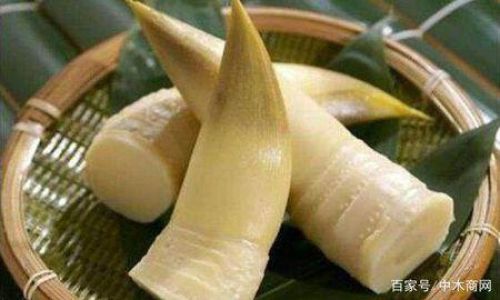
Fresh bamboo shoots are high in water content, vitamins, minerals, and dietary fiber. Their delicate nature means they are prone to spoilage if not handled and stored properly. Proper preservation not only extends their shelf life but also maintains their nutritional value and culinary appeal.
Initial Preparation: Cleaning and Peeling
The first step in preserving fresh bamboo shoots is thorough cleaning and peeling. Here’s how to do it:
-
Harvesting: If you have access to bamboo groves, harvest the shoots early in the morning when they are at their freshest. Use a sharp knife to cut them close to the ground to avoid damaging the plant’s root system.
-
Cleaning: Rinse the shoots under running water to remove any dirt or debris. Be gentle to avoid bruising the outer layers, which can lead to faster spoilage.
-
Peeling: Use a vegetable peeler or sharp knife to remove the outer skin. This layer can be tough and bitter, so peel until you reach the tender, white flesh.
-
Trimming: Cut off any discolored or hardened tips and ends.
Boiling and Blanching: The Key to Preservation
Once cleaned and peeled, the next crucial step is boiling or blanching the bamboo shoots. This process helps to:
- Kill enzymes that cause spoilage.
- Soften the fiber for a more tender texture.
- Remove excess tannins that can cause bitterness.
Boiling Method:
- Fill a large pot with water and bring it to a rolling boil.
- Add the prepared bamboo shoots. Ensure they are fully submerged.
- Boil for about 10-15 minutes, depending on the thickness of the shoots. Thinner shoots require less time.
- Test for doneness by piercing the thickest part with a fork; it should pierce easily without resistance.
- Remove the shoots from the boiling water using a slotted spoon and plunge them into ice-cold water to stop the cooking process. This also helps to retain their bright color and crisp texture.
Blanching Method:
Blanching is similar to boiling but involves a shorter cooking time followed by immediate cooling.
- Bring a pot of water to a boil.
- Add the bamboo shoots and cook for 2-3 minutes.
- Quickly transfer them to an ice bath.
Both methods effectively prepare the bamboo shoots for further preservation techniques.
Freezing Fresh Bamboo Shoots
Freezing is one of the most effective ways to preserve fresh bamboo shoots for long-term storage. Here’s how to do it:
-
Drying: After blanching, pat the bamboo shoots dry using paper towels or a clean kitchen cloth. Excess moisture can cause freezer burn.
-
Portioning: Cut the bamboo shoots into desired sizes or leave them whole. Portion them into freezer-safe bags or containers according to your cooking needs.
-
Labeling and Sealing: Label the bags or containers with the date and contents. Seal them tightly to prevent freezer burn.
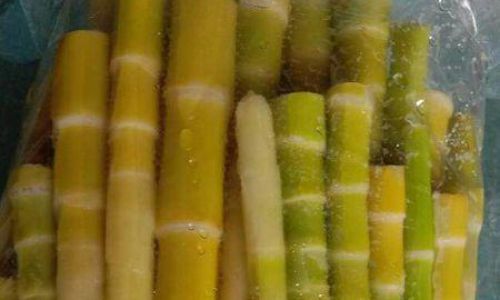
-
Freezing: Place the sealed packages in the freezer. Properly frozen bamboo shoots can retain their quality for up to a year.
When ready to use, thaw the bamboo shoots in the refrigerator overnight or submerge them in cold water. Avoid thawing at room temperature or using hot water, as this can compromise their texture.
Canning Fresh Bamboo Shoots
Canning is another reliable method for preserving fresh bamboo shoots, especially if you prefer not to rely on freezer storage. Here’s a step-by-step guide:
-
Sterilizing Jars: Start by sterilizing the jars and lids you plan to use. This can be done by boiling them in water for 10 minutes.
-
Packing: Pack the blanched and dried bamboo shoots into the jars tightly but not so compactly that they become crushed.
-
Syrup or Brine: You can pack the shoots in a light syrup (sugar and water) or a brine solution (salt and water) to enhance flavor and preserve texture. Ensure the liquid covers the shoots completely.
-
Sealing and Processing: Wipe the jar rims clean, apply the lids, and screw them on tightly. Place the jars in a large pot filled with enough water to cover them by at least 1-2 inches. Bring the water to a boil and process the jars for 30-45 minutes, depending on their size.
-
Cooling: After processing, remove the jars from the pot and let them cool completely. Check for seals by pressing the center of each lid; it should not pop up. Properly canned bamboo shoots can be stored in a cool, dark place for up to a year.
Pickling and Fermenting
For those who enjoy fermented foods, pickling or fermenting bamboo shoots is an exciting preservation option. This method not only extends shelf life but also adds a tangy, umami-rich flavor.
-
Brine Preparation: Mix a solution of water, salt, and a small amount of sugar. The salt acts as a preservative, while the sugar balances the flavor.
-
Packing: Pack the blanched bamboo shoots into a clean, non-reactive container. Pour the brine over them, ensuring they are fully submerged.
-
Fermentation: Cover the container with a loose-fitting lid or cloth to allow gases to escape. Place it in a cool, dark place. Fermentation time can vary, but typically lasts for a few days to a week, depending on the desired level of tanginess.
-
Storage: Once fermented to your liking, transfer the pickled bamboo shoots to clean jars, cover them with more brine if necessary, and seal tightly. Store in the refrigerator for up to several months.
Conclusion
Preserving fresh bamboo shoots requires careful handling and the right techniques to maintain their delicate texture and flavor. From boiling and blanching to freezing, canning, and even pickling, there are multiple methods to choose from based on your preferences and storage needs. By following these preservation techniques, you can enjoy the crunch and flavor of fresh bamboo shoots throughout the year, transforming them into a versatile ingredient in your culinary repertoire. Whether you’re a home cook or a professional chef, mastering the art of preserving bamboo shoots will elevate your dishes and introduce a touch of springtime freshness to every meal.
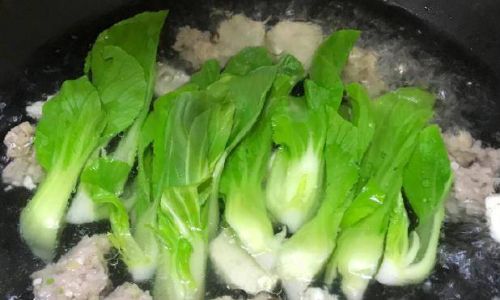
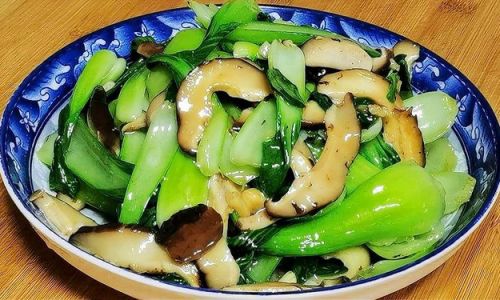
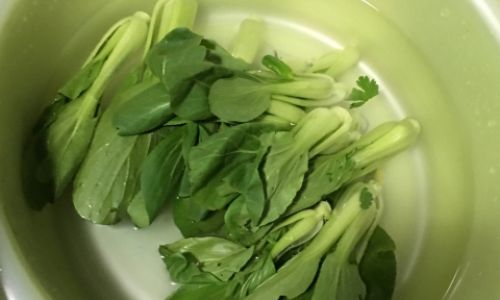
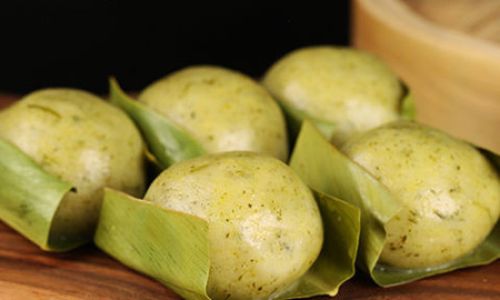

0 comments